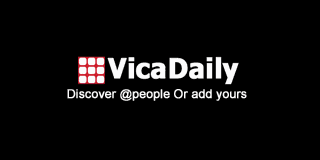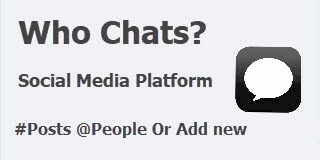-
أخر الأخبار
- استكشف
-
المدونات
How to Protect Your Bank Account

In today’s digital age, bank account security is more important than ever. With increasing cyber threats and financial fraud, taking proactive measures to protect your bank account is essential. In this guide, we’ll explore key strategies to safeguard your finances, the best banks for fraud protection, and how Free Debt Insurance can provide added security.
Why Protecting Your Bank Account is Crucial
Cybercriminals are constantly developing new techniques to steal personal and financial information. Unauthorized access to your bank account can lead to financial losses, identity theft, and long-term credit damage. Understanding the risks and implementing preventive measures can keep your funds safe and give you peace of mind.
1. Use Strong and Unique Passwords
Creating a strong password is your first line of defense against cybercriminals. Here’s how to make a secure password:
-
Use a mix of uppercase and lowercase letters, numbers, and special characters.
-
Avoid using easily guessable information like your name, birthdate, or phone number.
-
Change your passwords regularly and never reuse old ones.
-
Consider using a password manager to store your passwords securely.
2. Enable Two-Factor Authentication (2FA)
Two-Factor Authentication (2FA) adds an extra layer of security to your online banking. It requires a second verification step, such as a one-time code sent to your phone or email, before granting access to your account.
Benefits of 2FA:
-
Protects against unauthorized access even if your password is compromised.
-
Provides real-time alerts for login attempts.
-
Easy to set up and widely supported by most banks.
3. Monitor Your Account Regularly
Frequent monitoring of your account helps detect suspicious activity early. Many banks offer mobile apps and online banking tools to track transactions in real-time.
How to Monitor Your Account Effectively:
-
Set up account alerts for large transactions or unusual activity.
-
Review bank statements at least once a month.
-
Report any unauthorized transactions immediately to your bank.
4. Be Cautious with Public Wi-Fi
Public Wi-Fi networks are prime targets for hackers looking to steal your login credentials. Avoid accessing your bank account using public Wi-Fi unless necessary.
Safe Practices for Online Banking:
-
Use a Virtual Private Network (VPN) to encrypt your internet connection.
-
Only log in to your bank through a secure, trusted network.
-
Turn off automatic Wi-Fi connections on your device.
5. Recognize and Avoid Phishing Scams
Phishing scams trick individuals into providing personal information through fake emails, messages, or websites.
How to Spot a Phishing Attempt:
-
Emails claiming urgent account issues with suspicious links.
-
Unusual sender email addresses that mimic legitimate institutions.
-
Requests for personal or financial information over email or phone.
-
Websites with misspelled URLs or lacking security certificates (HTTPS).
If you suspect a phishing attempt, do not click on any links and report it to your bank immediately.
6. Secure Your Devices
Keeping your devices secure is vital for protecting your bank account.
Best Practices:
-
Install anti-virus and anti-malware software.
-
Keep your operating system and apps updated.
-
Use biometric authentication (fingerprint or facial recognition) for added security.
-
Log out of banking apps after use and avoid storing login details on shared devices.
7. Choose Banks with Strong Fraud Protection
Not all banks offer the same level of fraud protection. Choosing a bank with advanced security features can make a difference in protecting your money.
Best Banks for Fraud Protection:
-
Chase Bank – Offers fraud monitoring, account alerts, and 24/7 customer service.
-
Bank of America – Provides zero liability fraud protection and chip-enabled debit cards.
-
Wells Fargo – Features robust two-factor authentication and advanced fraud detection.
-
CitiBank – Offers identity theft protection and proactive fraud alerts.
-
Capital One – Uses AI-driven fraud prevention tools and quick account freeze options.
8. Utilize Free Debt Insurance
Debt insurance can act as a safety net in case of financial hardship. Free Debt Insurance can help protect your financial well-being if you face unexpected income loss, disability, or other financial emergencies.
Benefits of Free Debt Insurance:
-
Covers loan payments in case of job loss or health emergencies.
-
Prevents missed payments from negatively impacting your credit score.
-
Offers peace of mind knowing your debts are managed even in tough times.
9. Report Suspicious Activities Immediately
If you notice unauthorized transactions or suspect fraudulent activity, act quickly.
Steps to Take:
-
Contact your bank’s fraud department immediately.
-
Freeze your account if necessary.
-
Update your security settings and passwords.
-
Monitor your credit report for any unusual changes.
Conclusion
Protecting your bank account requires proactive measures and constant vigilance. By using strong passwords, enabling two-factor authentication, choosing banks with fraud protection, and leveraging Free Debt Insurance, you can safeguard your finances effectively. Implement these strategies today and take control of your financial security!







